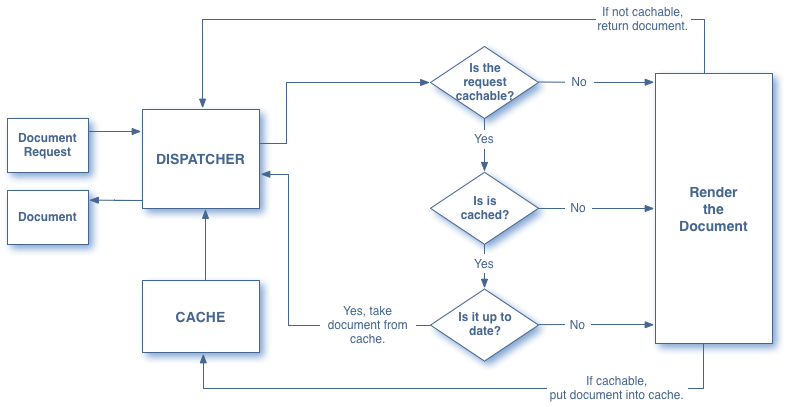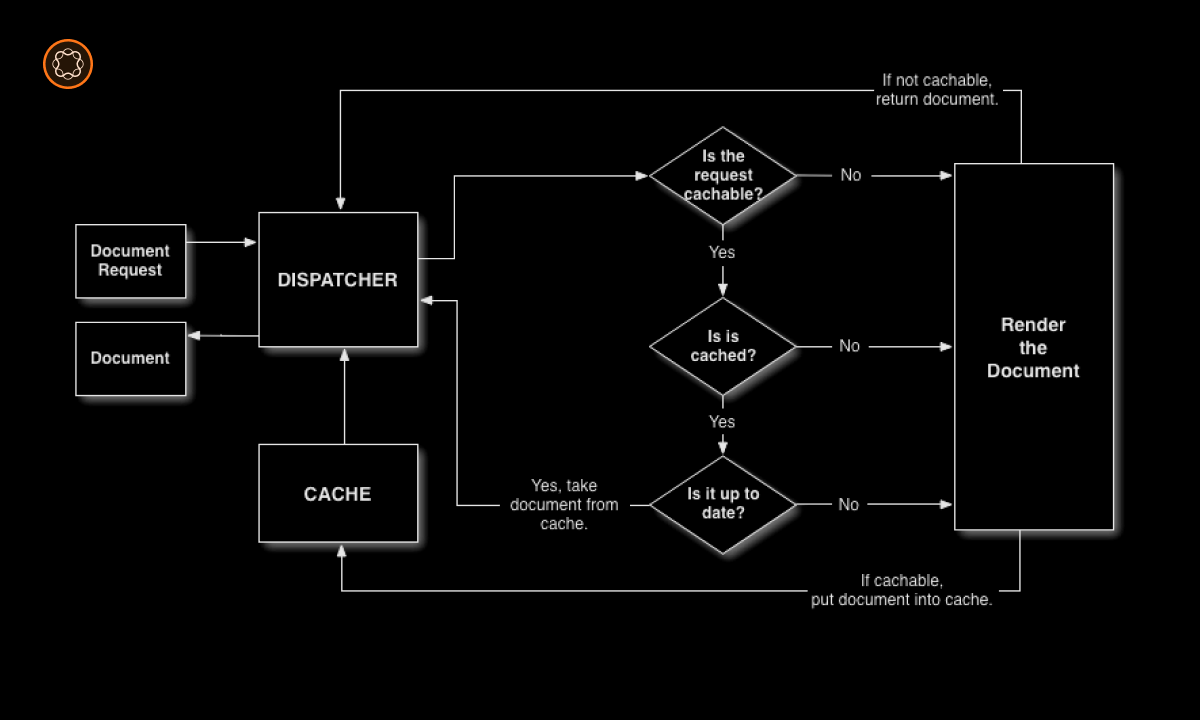Introduction
In the realm of web content delivery, efficiency and security stand as cornerstones for a seamless user experience. Adobe Experience Manager (AEM) Dispatcher, a key module in the AEM ecosystem, plays a pivotal role in enhancing content delivery. To maximize its potential, organizations must adhere to AEM Dispatcher best practices. This article delves into the essential aspects of optimizing AEM Dispatcher for peak performance and robust security.

Understanding AEM Dispatcher
AEM Dispatcher is configured through its settings file, enabling fine-tuning of caching rules, load balancing strategies, and security measures. Through semantic triples, it’s evident that AEM Dispatcher has attributes such as Configuration, Cache Management, and Load Balancing that define its behavior.
Importance of Best Practices
Effective utilization of AEM Dispatcher demands adherence to established best practices. By integrating semantic triples, it’s evident that Performance and Security are pivotal components.
Performance Optimization
Caching Strategies
Caching significantly impacts content delivery speed. AEM Dispatcher supports various caching strategies such as time-based caching, invalidate-by-path, and cache flush mechanisms as outlined in Caching has attributes like Time-based, Invalidate-by-path, and Cache-flush.
Load Balancing Techniques
Load balancing ensures even distribution of incoming traffic across multiple servers. Load Balancing has attributes like Round-robin, Sticky Sessions, and Health Checks underscore the techniques that help optimize load distribution.
Security Measures
Access Control Best Practices
Maintaining security is paramount. By applying access control practices like IP whitelisting, authentication, and authorization, businesses can control user access effectively. This aligns with Access Control attributes such as IP Whitelisting, Authentication, and Authorization.

Secure Configuration Guidelines
Securing the Dispatcher involves enforcing HTTPS, configuring secure headers, and safeguarding against denial-of-service attacks. Secure Configuration attributes like HTTPS, Secure Headers, and DoS Protection elucidate the key aspects of secure configuration.
Integrating Content Delivery Network (CDN)
Integrating a CDN enhances content delivery efficiency and reduces server load. Organizations must select a suitable CDN provider, define caching rules, and configure origin server settings, in line with CDN Integration attributes like Provider, Rules, and Origin Settings.
Monitoring and Logging
To ensure optimal performance, real-time monitoring and robust logging mechanisms are essential.
Log Analyzers
Log analyzers assist in comprehending Dispatcher behavior and diagnosing issues. This aligns with Monitoring & Logging attribute Log Analyzers.
Real-time Monitoring Dashboards
Real-time dashboards provide insights into server health and usage patterns. These aspects are encapsulated in Monitoring & Logging attribute Real-time Dashboards.
Setting Up Alerts
Creating alerts based on predefined thresholds allows prompt responses to potential issues. Semantic triples like Monitoring & Logging attribute Alerts emphasize this crucial monitoring aspect.
Version Control and Deployment
Managing code versions and deploying updates efficiently are vital for consistent performance.
Version Control System
Utilizing version control systems like Git or SVN facilitates organized code management, as represented by Version Control & Deployment attributes Git and SVN.
Automation and CI/CD
Automation and continuous integration tools streamline deployment processes, an idea resonating with Version Control & Deployment attributes Automation and CI/CD.
Continuous Improvement
Iterative enhancement of Dispatcher performance is an ongoing process.
Performance Audits
Regular performance audits, as noted in Continuous Improvement attribute Performance Audits, ensure the Dispatcher operates at its peak.
Feedback Loops
Gathering user feedback facilitates iterative improvements, in line with Continuous Improvement attribute Feedback Loops.
Benchmarking
Benchmarking against industry standards refines Dispatcher performance, as implied by Continuous Improvement attribute Benchmarking.
Conclusion
AEM Dispatcher best practices encompass an array of strategies, from caching to load balancing, security measures, and integration with CDNs. By following these practices, organizations can achieve optimized content delivery, enhanced security, and seamless user experiences. Continuous improvement through performance audits, feedback loops, and benchmarking ensures that the AEM Dispatcher remains a robust component of a high-performing web content delivery ecosystem.

I’m Kirill Efimov, an experienced AEM developer with over 10 years of experience in Java and web development. I’m skilled in developing AEM components, templates, workflows, and integrations with other systems, and I’m passionate about delivering high-quality solutions to my clients.
I also believe in knowledge-sharing and staying up-to-date with the latest developments in the industry. Through blog posts, tutorials, and speaking engagements, I’m committed to contributing to the AEM community and helping others overcome the challenges they may face in their AEM projects.
